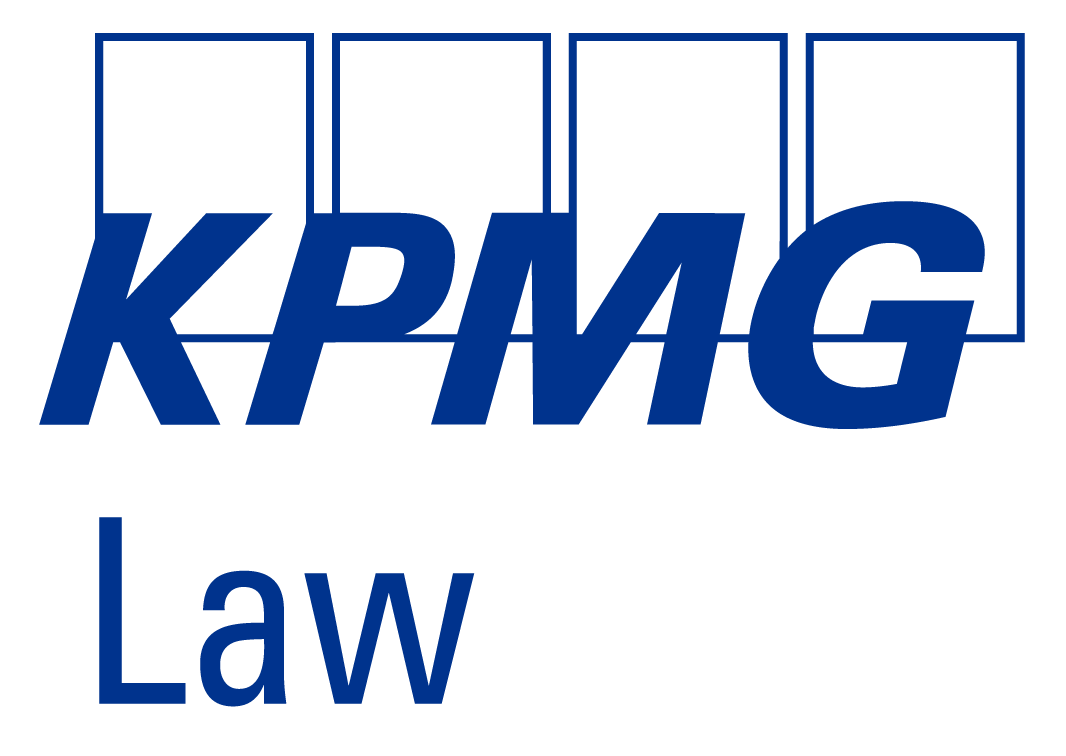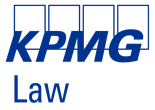

Modification of the simplified liquidation procedure

2/06/2014
Since a few years it is under specific circumstances possible to dissolve and liquidate a company through a mere decision of the extraordinary general shareholders’ meeting without the obligation to start up the, more time consuming, ordinary liquidation procedure.
This simplified procedure can only be applied in the event (i) no liquidator will be appointed, (ii) the company does not have any outstanding liabilities in its statement of assets and liabilities ref. article 181 Companies’ Code and (iii) all shareholders of the company attend (or are represented at) the extraordinary general shareholders' meeting and unanimously decide upon the dissolution and liquidation (article 184, §5 Companies’ Code, see also our publication of May 2012: Novelties regarding the liquidation procedure).
As indicated in our publication of 23 October 2012 (The requirement of ‘no outstanding liabilities’ in the framework of the simplified liquidation procedure), the second condition has been the subject of many discussions in legal practice, involving – inter alia – the intervention of the Minister of Justice.
The Law of 25 April 2014 regarding various provisions relating to Justice (Belgian Official Gazette 14 May 2014) recently clarified these matters by modifying the second condition of article 184 §5 of the Companies’ Code as follows: “all debts towards third parties have been paid or the necessary amounts were given in consignment”.
Consequently, accounting liabilities such as share capital, reserves or a current account towards a shareholder can be left out of consideration for the application of the simplified liquidation procedure.
Furthermore, the second condition no longer refers to the statement of assets and liabilities as required by article 181 Companies’ Code, following which all companies with legal personality can make use of the simplified liquidation procedure (and not only those which are required to prepare such a statement of assets and liabilities in accordance with article 181 Companies’ Code). Moreover, by doing so the legislator remedied the situation that companies, which had paid their debts after drawing up the aforementioned statement, but prior to the dissolution taking place, could not make use of the simplified liquidation procedure. We do, however, expect that in practice the concerned notary public will require that a recent (additional) statement of assets and liabilities should be drawn up indicating that the company does not have any outstanding liabilities towards third parties.
In addition to the foregoing it should be noted that in the event a special report should be drawn up by the (statutory) auditor or external accountant, the latter should in his conclusions explicitly mention that the payment (or consignation) of all debts towards third parties took place. The Instituut van de Bedrijfsrevisoren (IBR/IRE) indicated in this respect that since the auditor’s report should in principle be finalized at least 15 days prior to the general shareholders’ meeting, it is possible that the conclusions of the report are no longer applicable/valid on the moment of the dissolution (Report of the Commission, Parl. St. Senate 2013-14, nr. 5-2443/3).
The Law of 24 April 2014 has entered into force 10 days after its publication in the Belgian Official Gazette. Consequently, the reformulated condition for the simplified dissolution procedure is applicable as from 24 May 2014.


